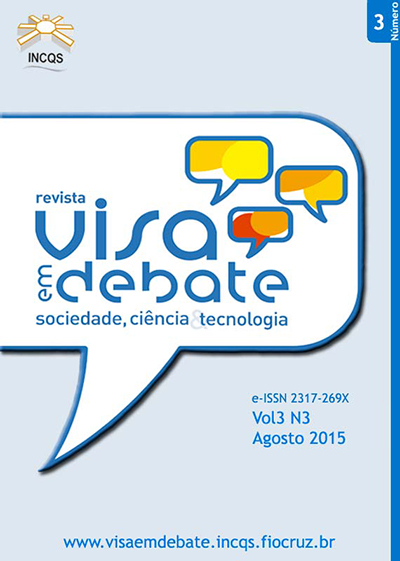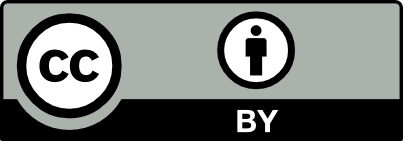Comparing the microbiological evaluation of two domestic-use disinfectants in Brazil by AOAC and ECN recommended methods
DOI:
https://doi.org/10.3395/2317-269x.00244Keywords:
Use-Dilution Method, European Committee of Normalization, Disinfectants, Antimicrobial ActivityAbstract
Surface disinfectants are considered a major tool for preventing the spread of infections in human populations. Changes in the Brazilian law in 2007 allowed the use of various methodologies to evaluate the microbiological quality of surface disinfectants, warranting studies of the efficacy and application of other methodologies, such as those recommended by European Committee of Normalization (ECN). The present study aimed to establish the application of ECN methodologies for assessment of general use disinfectants. The use–dilution (UD) method recommended by the Association of Official Analytical Chemists (AOAC) and the European Standard 1276 from ECN were performed in parallel, and the anti-microbial actions of two quaternary ammonium compounds (products A and B) and 70% ethanol solution were compared using reference microorganisms and two strains isolated from household environments. According to the UD method, all products were effective, except that product B was ineffective against Staphylococcus aureus and gave non-reproducible results. The ECN method indicated that all products were effective, except that product A produced inadequate neutralization of S. aureus. Although the ECN method showed efficacy and applicability to the Brazilian routine, assays with greater number of products are required.Downloads
Downloads
Published
Issue
Section
License
Copyright (c) 2015 Health Surveillance under Debate: Society, Science & Technology (Vigilância Sanitária em Debate: Sociedade, Ciência & Tecnología) – “Visa em Debate”

This work is licensed under a Creative Commons Attribution-NonCommercial-NoDerivatives 4.0 International License.
COPYRIGHT ALLOWANCE The author (s) hereinafter designated as the ASSIGNOR hereby assign and transfer, free of charge, the ownership of the copyrights related to this ARTICLE to the Vigilância Sanitária em Debate: Sociedade, Ciência & Tecnologia (Health Surveillance under Debate: Society, Science & Technology) – Visa em Debate, represented by FUNDAÇÃO OSWALDO CRUZ, established at Av. Brasil, nº 4365, Manguinhos, Rio de Janeiro, RJ, Brazil, CEP 21045-900, under the conditions set out below: (a) The terms and conditions set forth in this Agreement shall apply to the following: 1. The ASSIGNOR declares that they s(he) is (are) the author (s) and owner (s) of the copyrighted property of the ARTICLE submitted. 2. The ASSIGNOR declares that the ARTICLE does not infringe the copyrights and / or other property rights of third parties, that the disclosure of images (if any) has been authorized and that they s(he) assume(s) full moral and / or property liability for its content, before third parties. 3. THE ASSIGNOR assigns and transfers all copyrights relating to the ARTICLE to the ASSIGNEE, especially the rights of editing, publication, translation into another language and reproduction by any process or technique. The ASSIGNEE becomes the exclusive owner of the rights related to the ARTICLE, and any reproduction, totally or partially, is prohibited in any other means of publicity, printed or electronic, without prior written authorization from the ASSIGNEE. 4. The assignment is free and, therefore, there will be no remuneration for the use of the ARTICLE by the ASSIGNEE.







